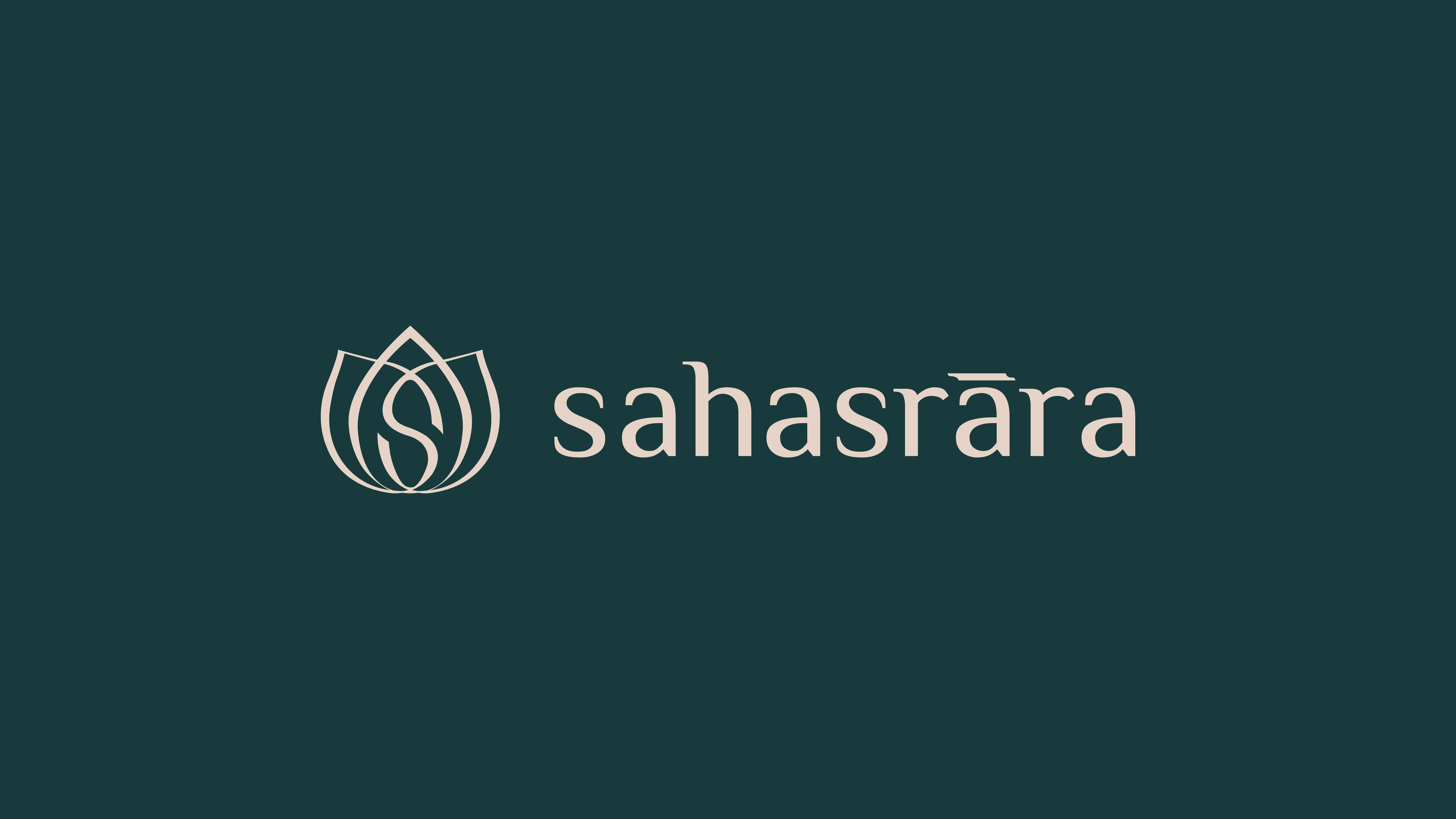Your cart is currently empty!
Shower Head Filter Functionality Explained – Yes, You Definitely Need 1
In the pursuit of maintaining radiant hair and skin, we often focus on a myriad…
Bringing new life into the world is a miraculous experience, but it can also bring unexpected changes to your body—like postpartum hair loss. This temporary condition, also known as telogen effluvium, is something many new moms experience around three to six months after giving birth. Curious about why it happens and how you can handle it with a little less stress? Let’s read on, shall we?!
During pregnancy, elevated hormone levels, particularly estrogen, keep your hair in the growth phase longer, resulting in thicker, fuller hair. But after your baby arrives, hormone levels return to normal, and more hairs enter the resting (telogen) phase. This shift leads to increased shedding and noticeable thinning, but don’t panic – it’s temporary.

A mix of hormonal changes, the physical stress of childbirth, and shifts in nutrient levels can cause postpartum hair loss. These factors disrupt the hair growth cycle, leading to more shedding. It can be alarming, but it’s a natural and temporary process as your body adjusts post-pregnancy.
Normally, you might lose between 75 to 100 hairs a day. During postpartum shedding, this number can increase. Hair loss usually peaks around three to four months after giving birth and tapers off within six to twelve months.
While you can’t completely prevent postpartum hair loss, there are plenty of ways to support healthy hair growth and lessen its impact:
Postpartum hair loss is common and temporary. By understanding why it happens and taking steps to support healthy hair growth, you can get through this phase with confidence. Remember, this too shall pass, and your hair will be back to its full, vibrant self before you know it.
Disclaimer: As a hairstylist, I’ve had the privilege of working with many new mothers, helping them navigate the challenges of postpartum hair loss. While I’m not a physician and cannot diagnose medical conditions, I can offer insights and tips based on my experience and scientific background in hair care. If what you are experiencing is outside the norm, please consult a physician.
Browse Other Posts
In the pursuit of maintaining radiant hair and skin, we often focus on a myriad…
Blonding has been a popular hair color trend for many years, continuously evolving with new…
Are you new to the world of bond care, have never heard of bonds or…
Often times I come across clients who have felt misunderstood by their previous stylists. Sometimes…
So you have a hair appointment booked with your stylist. Don’t be anxious, you’re going…
Do you ever look in the mirror and feel like your hair could use a…

With Sahasrāra, you’re not just caring for your hair—you’re participating in a ritual that transcends routine and enriches your relationship with yourself and the world around you.